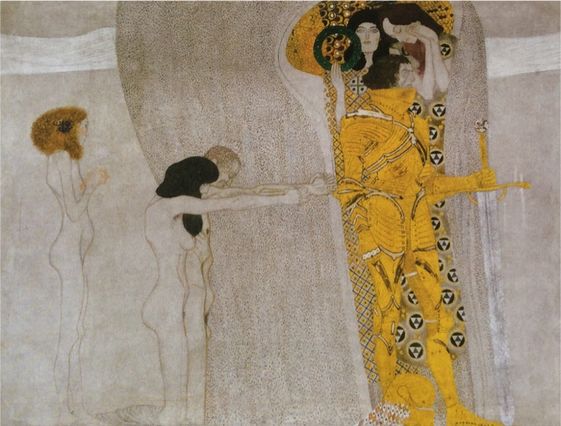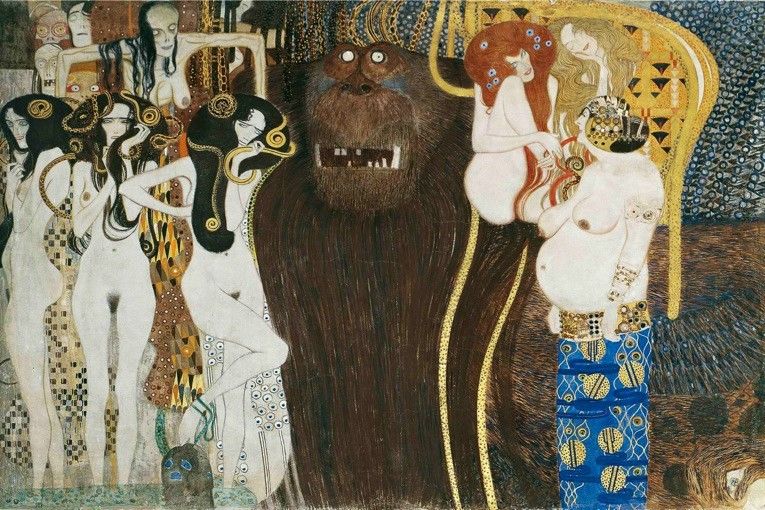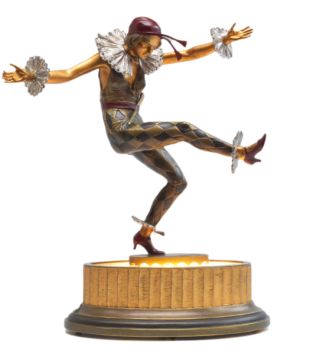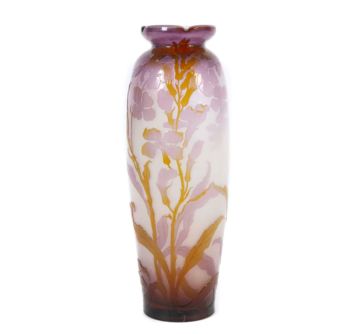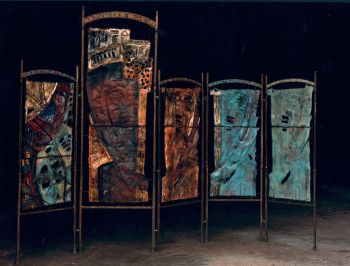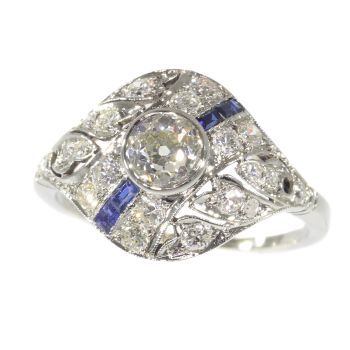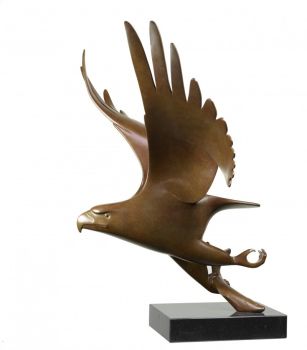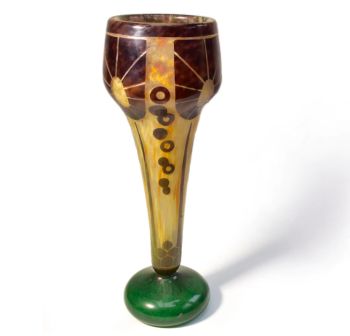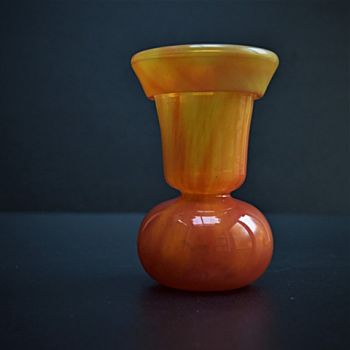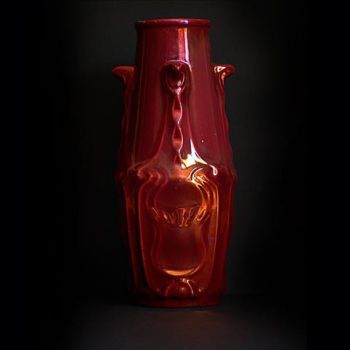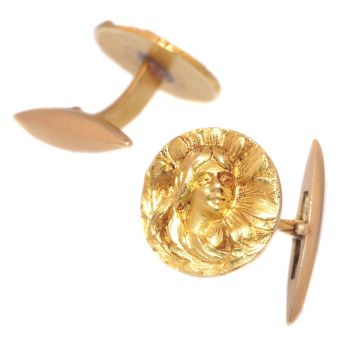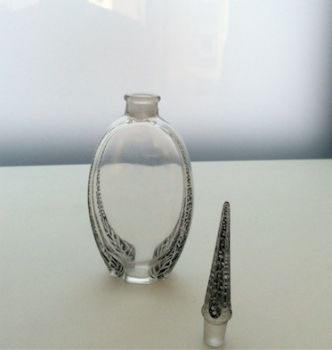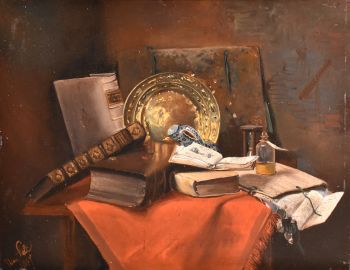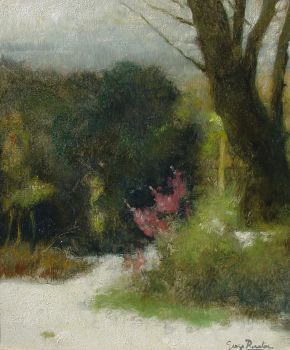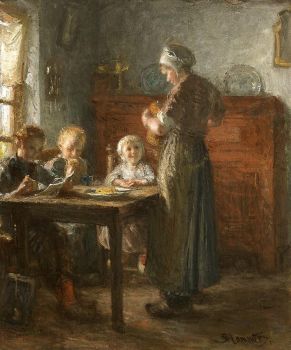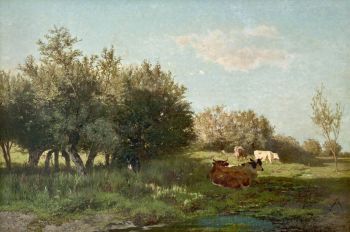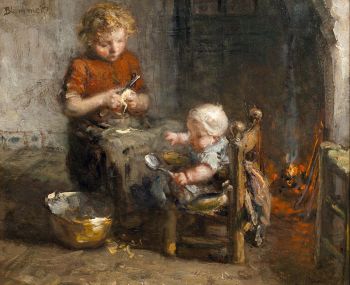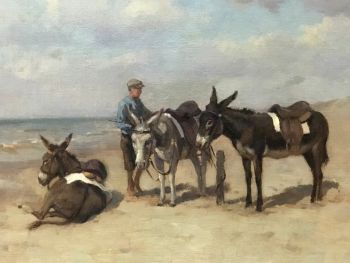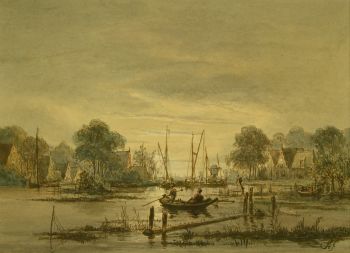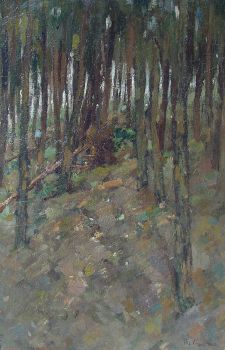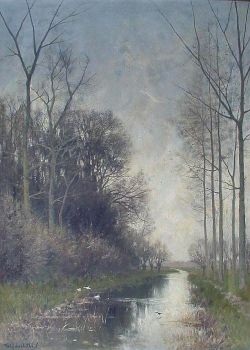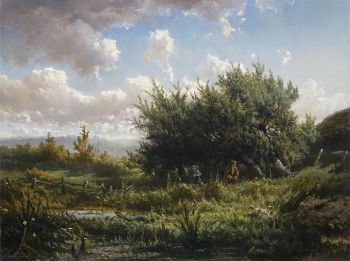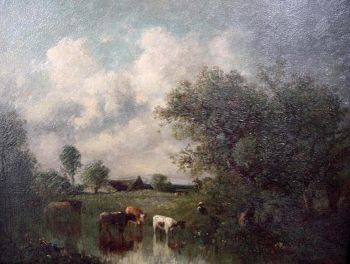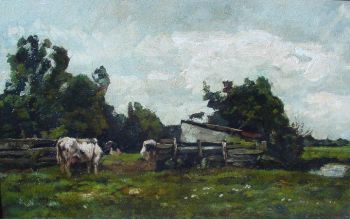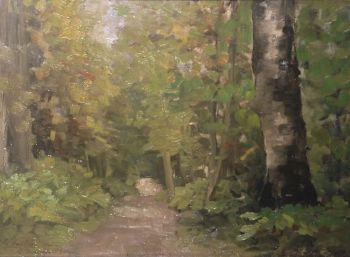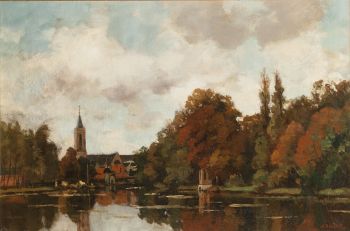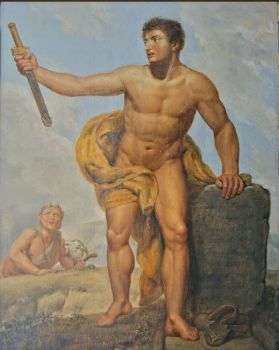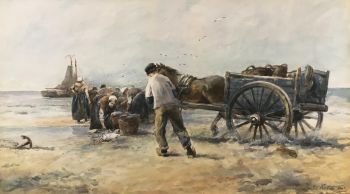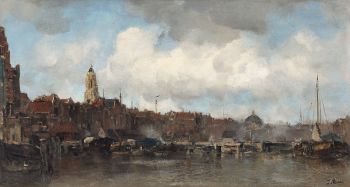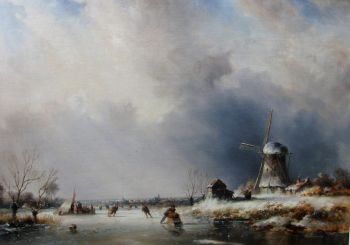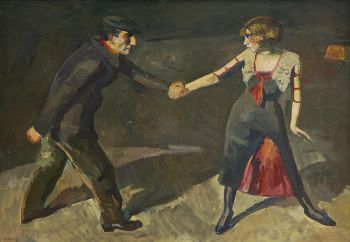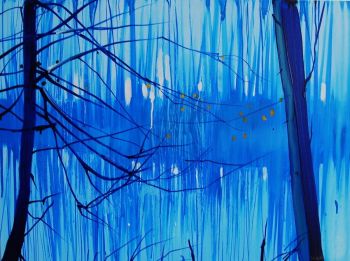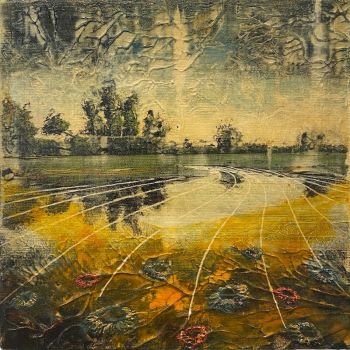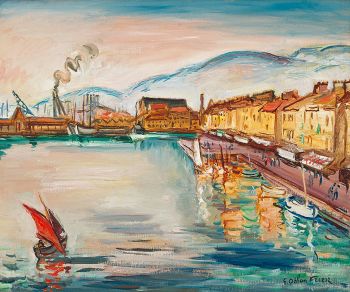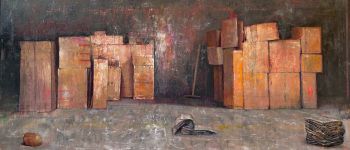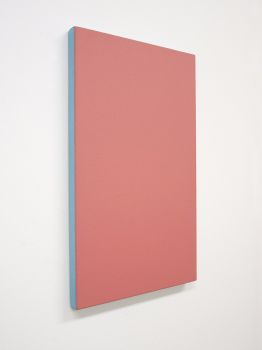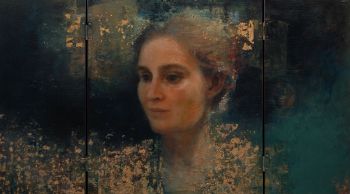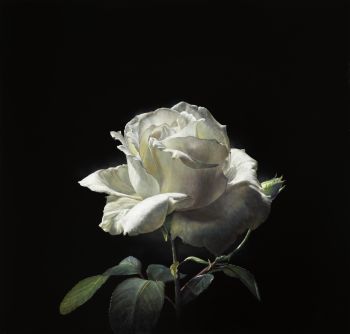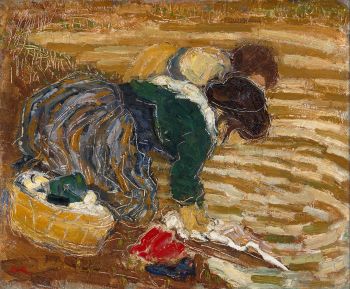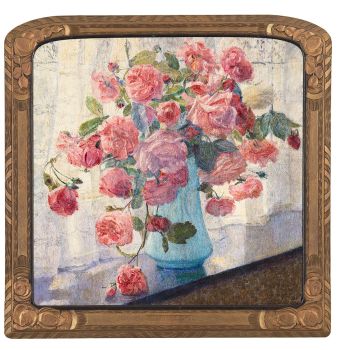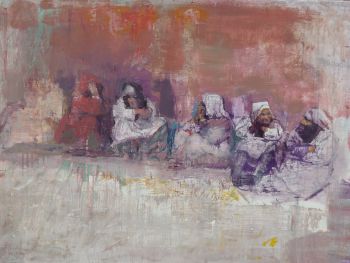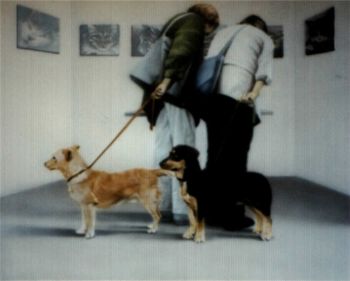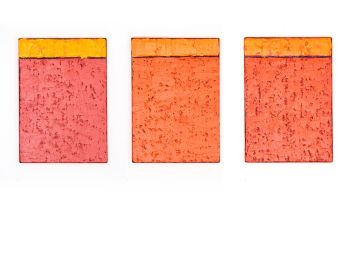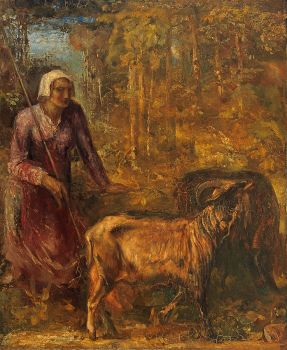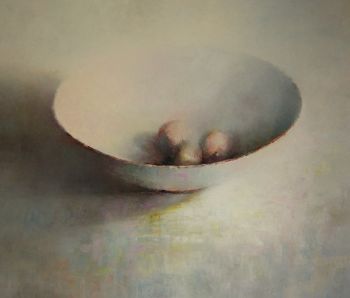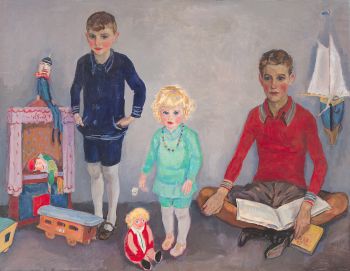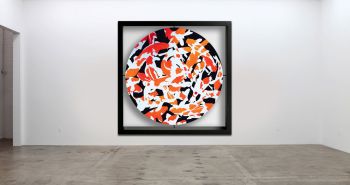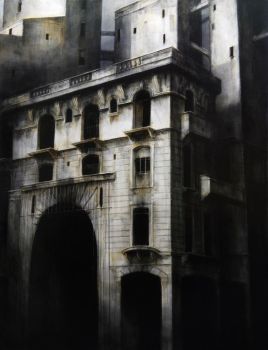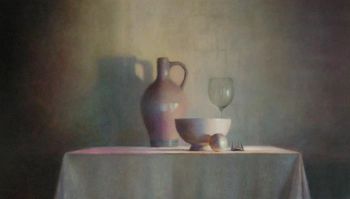Gustav Klimt and the Viennese Secession
The hope on a better future simmered throughout fin-de-siècle Europe. In the late nineteenth century a great deal of intellectuals and artists felt a new era was dawning which would be more beautiful, in comparison with the imperfect world hitherto known.
Opposing to historicism
This utopian attitude, for example, is reflected in the Beethoven Frieze created by the Viennese artist Gustav Klimt and leader of the 'Viennese Secession', an important association of dissident Austrian artists. The Wiener Secession; also known als the Union of Austrian Artists or Vereinigung Bildender KÜnstler Österreichs was founded in 1897 by a group of Austrian artist like Koloman Moser, Rudolph von Alt, Josef Hoffmann, Joseph Maria Olbrich, who resigned from the Association of Austrian artists and were located in the Wiener Künstlerhaus. Their first president was Gustav Klimt. The Wiener Secession opposed to the conservative idea of Historicism and became an important group of artist around 1900.
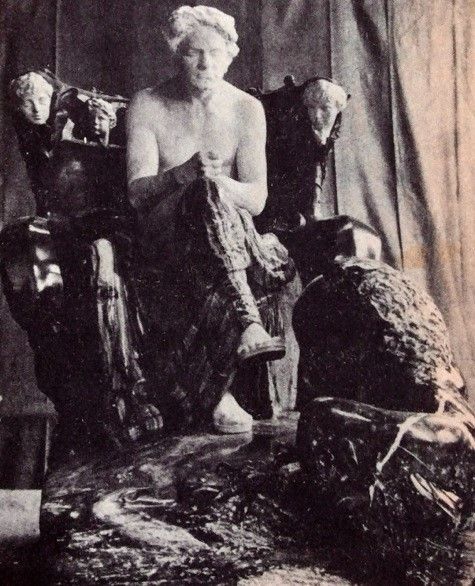
Max Klinger as Beethoven displayed at the Secession, 1902
Example of Gesamtkunstwerk
In 1902 the Viennese Secession organized an exhibition devoted to the genius Ludwig van Beethoven (1770-1827) and centered around a life-size marble statue of the composer by the German sculptor Max Klinger (fig. 1). The show was a sublime realization of the Gesamtkunstwerk in which the different arts – architecture, painting, sculpture and music – were united under a common theme. For this exhibition Klimt painted his famous Beethoven Frieze (1902) alluding to Beethoven and his setting in the Ninth Symphony of Schiller’s “Ode to Joy”. It was a large-scale mural project, featuring an allegory in three panels to demonstrate the power of art over misfortune.
The first panel, entitled “Longing for Happiness”, depicts the weak pleading with a strong figure, attired in golden armor (fig. 2). This knight is assisted by two female allegories, Compassion and Ambition, encouraging him to take up the fight for happiness.
Beethoven frieze, Panel I: Longing for Happiness, 1902
The second panel, entitled “The Hostile Forces”, shows on the left three seductive woman representing the gorgons, mythical female figures with snakelike hair (fig. 3). The ape-like monster at the centre is the mythic creature Typhoeus, the epitome of pure evil. These forces of darkness stand between the sufferers and happiness. There is no heroic encounter, since “the longings and wishes of mankind fly away over them [the Hostile Forces]”, as is stated in the exhibition catalogue. The wishes of mankind are allegorized by gowned female spirits, floating in a horizontal flight above the figure of Music (main image: Beethoven frieze, Panel III: The Music, 1902).
Beethoven frieze, Panel II: The Hostile Forces, 1902
In the last panel, representing fulfillment, art leads into the ideal realm of pure joy, happiness and love. It bears the caption: “The longing for happiness finds its surcease in poetry.” Klimt conceived the last panel around a phrase from Schiller’s “Ode to Joy”: “The kiss to the whole world”. For Schiller and Beethoven the kiss was political, the kiss of brotherhood, unlike Klimt’s interpretation which has a more sensual significance, as demonstrated by the man and woman who kiss and embrace each other. Enclosed by a golden cocoon with the sun and moon on either side, water seems to swirl around this couple, binding them together in a sensual embrace. They are surrounded by a choir of angels, singing Schiller’s “kiss to the whole world”. The heavenly choir gives the impression of being in ecstasy, as suggested by the closed eyes of the female choristers and the undulating vibrations of their flower-spangled gowns. This utopian bliss of beauty, grace and happiness in the last panel could be considered the visual equivalent of the apotheosis in Beethoven’s 9th Symphony, when the famous choral part comes to an extraordinary crescendo.
In the Beethoven Frieze Klimt conveyed that a world more purified and beautiful could be created through the arts.
See for our art deco and art nouveau artworks also our online collection at Gallerease


